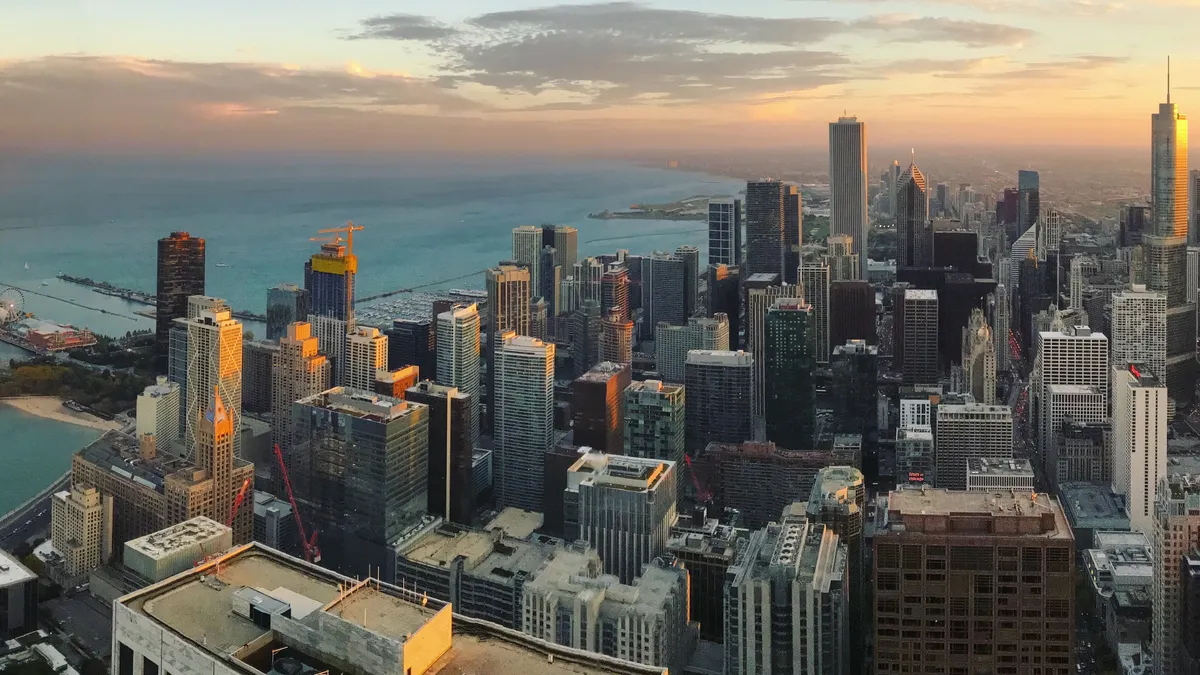Dive Brief:
-
The Real Deal has ranked Chicago contractors according to the square feet they permitted from June 2018 through May 2019, and Chicago general contractor Power Construction came out on top with 4.5 million square feet. In its more than 90-year history, Power has gone from building houses in the Chicago suburbs to building downtown skyscrapers.
-
Clark Construction Group took the No. 2 spot with 2.2 million square feet, followed by Focus (1.2 million); Lendlease (895,429); Turner Construction (386,479); Walsh Group (362,495); James McHugh Construction (302,614); Norcon (253,741); McShane Construction (237,868); and FH Paschen (212,035) to round out the top 10.
-
The consolidation of most of the new square footage among the top four or five contractors is partly a result of developers consistently seeking out the services of companies they have done business with in the past. But some have risen to the top of the rankings by finding a niche, while others have diversified their services. All, however, are working in an environment of a skilled labor shortage, the impact of tariffs and an uncertain economic future for the U.S.
Dive Insight:
Power Construction is working with developer JDL on the 1.5 million-square-foot, mixed-use One Chicago development, which will feature two towers — one 50 stories and the other 77 stories — rising from a 10-story podium. This, according to the Real Deal, is one of the big projects the local industry is watching to determine what the future development landscape in Chicago will look like. The project will include a high-density mix of office space and residential, as well as a grocery store, fitness club and event space.
Not included in the rankings were developers like Onni Group, CA Ventures and LG Construction + Development, which self-perform a great deal of their own construction work.
Another proving ground for the city will likely be Sterling Bay's $6 billion Lincoln Yards development, also getting underway at what many agree is the end of the latest boom cycle. Sterling Bay's original vision for the project took a hit when local lawmakers killed two major components — a Major League Soccer arena and a Live Nation entertainment complex, both of which local residents said would bring too much congestion to the area.
Before winning approval, Sterling Bay also committed to increasing open space to 40% of the project and raising minority-owned contractor goals from 26% to 30%. The developer also agreed to increase its goals for woman-owned contractor participation from 6% to 10%.













